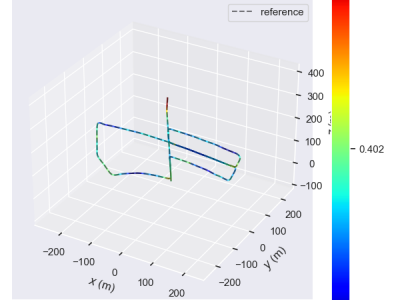artificial intelligence; computer vision; deep learning algorithm; infrared image classification; binary classification; coal and gangue recognition; green mining
These folders contain images showcasing various aspects of orange fruit and leaf diseases, including black spot, greening, scap, canker diseases, melanose, and healthy leaves. The dataset serves as a valuable resource for research, machine learning model training, and analysis in the field of citrus diseases and nutrient imbalances.
- Categories:
 128 Views
128 Views
This dataset is collected from Kaggle (https://www.kaggle.com/datasets/nazmul0087/ct-kidney-dataset-normal-cyst-tumor-and-stone ). The dataset was collected from PACS (Picture archiving and communication system) from different hospitals in Dhaka, Bangladesh where patients were already diagnosed with having a kidney tumor, cyst, normal or stone findings.
- Categories:
 286 Views
286 Views
- Categories:
 518 Views
518 Views
This dataset is derived from Sentinel-2 satellite imagery.
The main goal is to employ this dataset to train and classify images into two classes: with trees, and without trees.
The structure of the dataset is 2 folders named: "tree" (images containing trees) and "no-trees" (images without presence of trees).
Each folder contains 5200 images of this type.
- Categories:
 455 Views
455 ViewsThis experiment was implemented to collect infrared images of the coal and gangue samples at the temperature of 323.15 K. Additionally, it showed that distinguishing between coal and gangue samples is feasible, although the area, thickness, and surface conditions were changed at a constant temperature during the process of capturing the infrared images. The coal and gangue were randomly collected from the same mine. The random samples had different weights, shapes, areas, thicknesses, and surface conations.
- Categories:
 860 Views
860 Views

